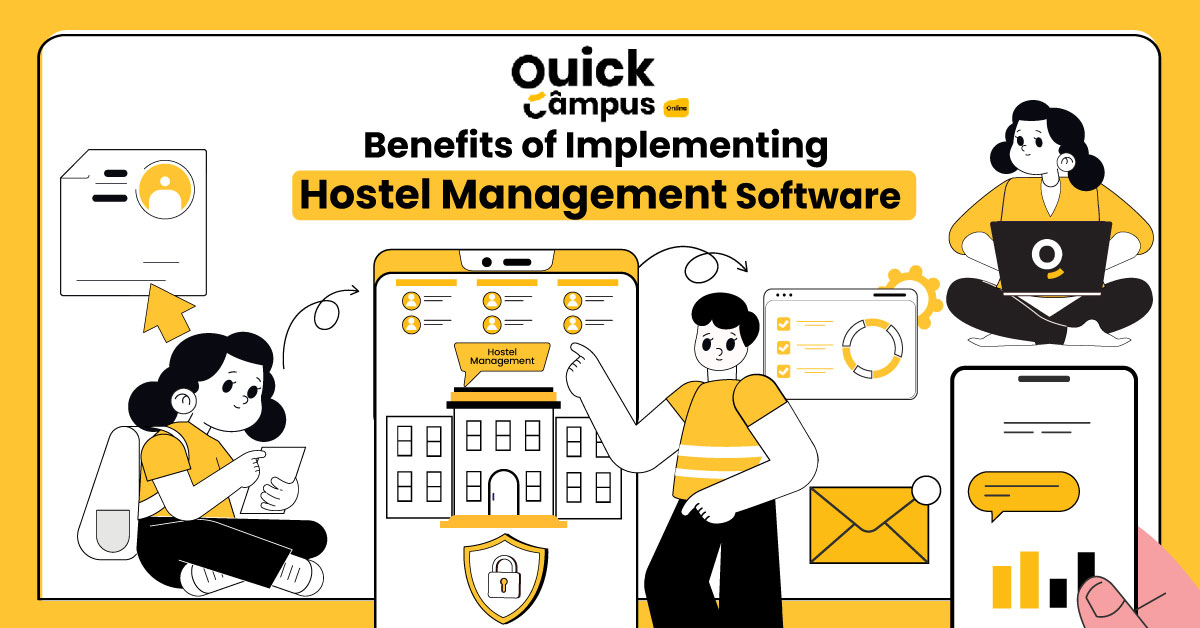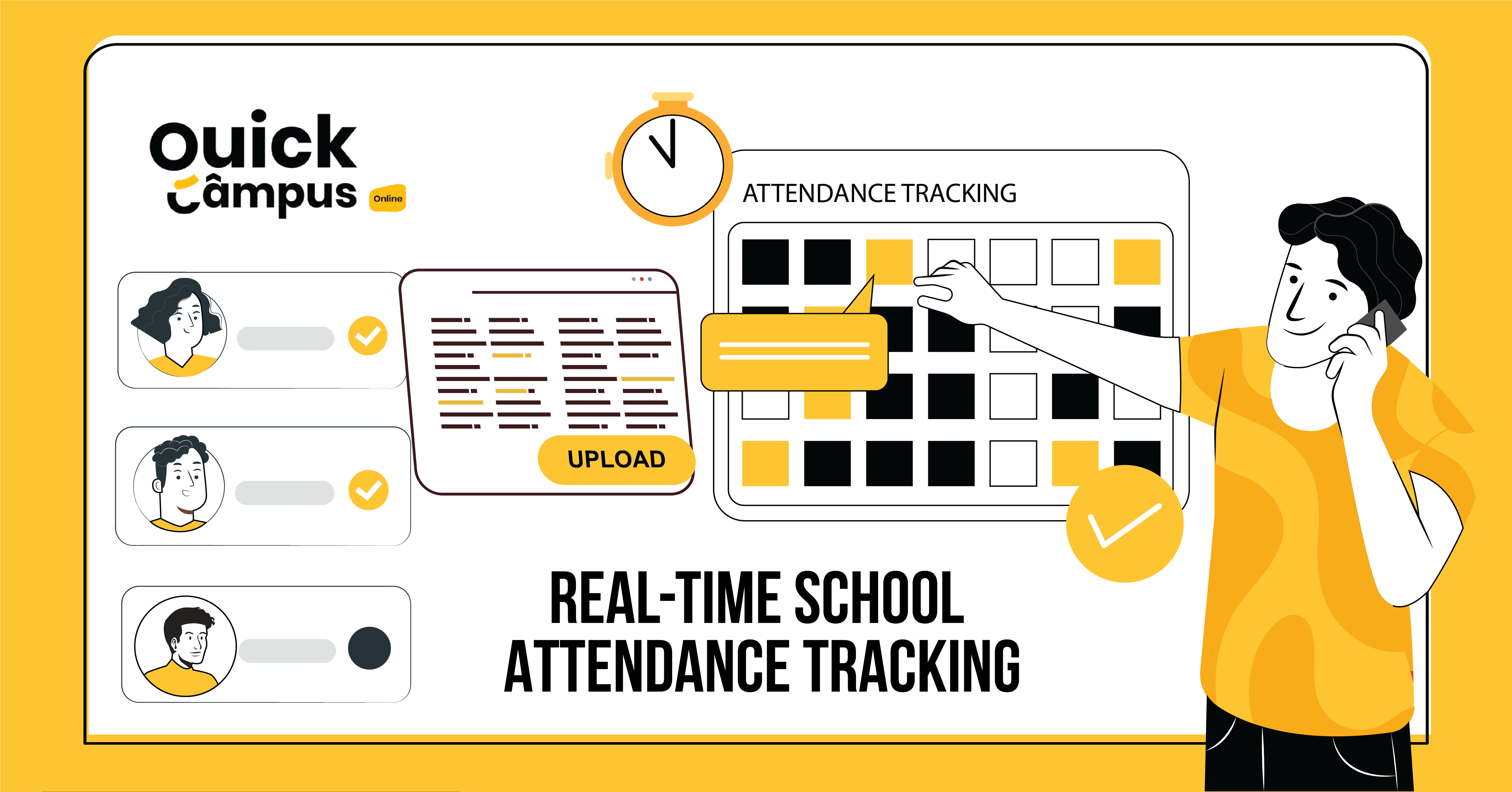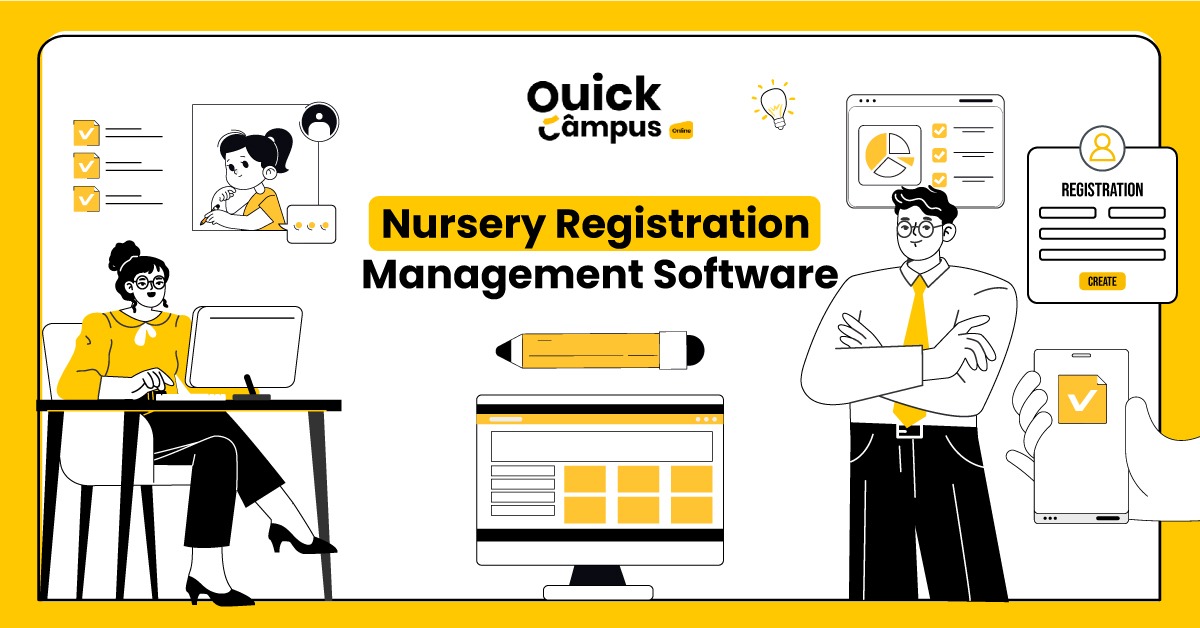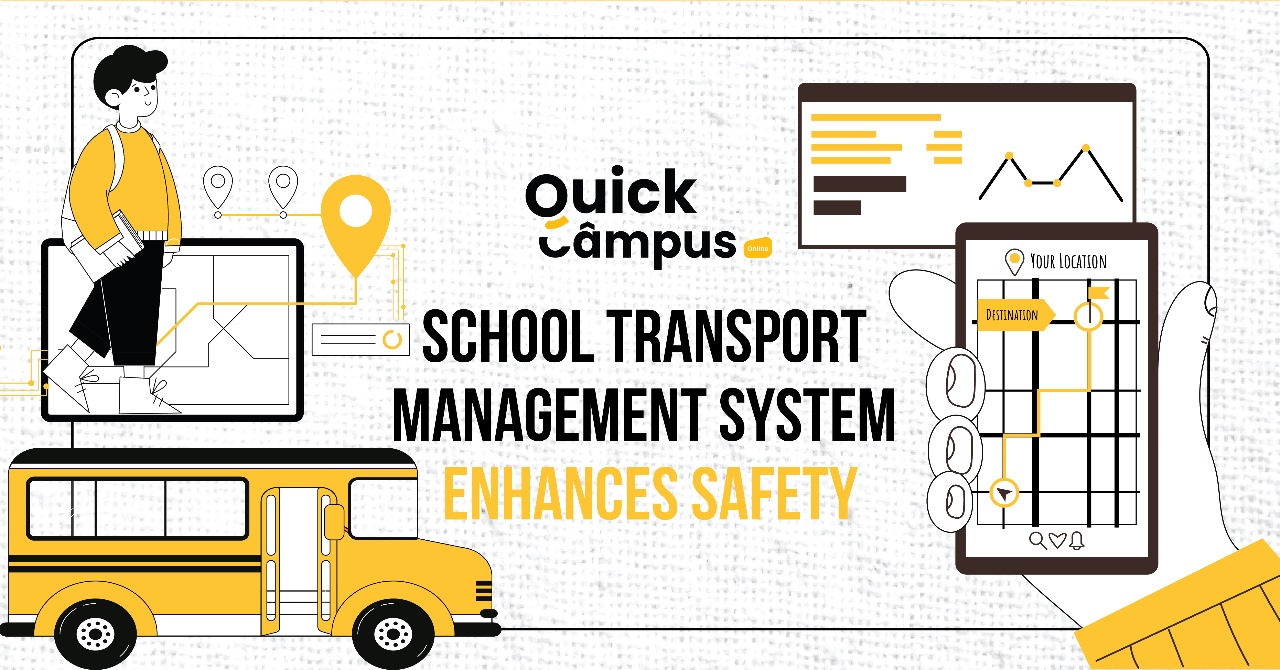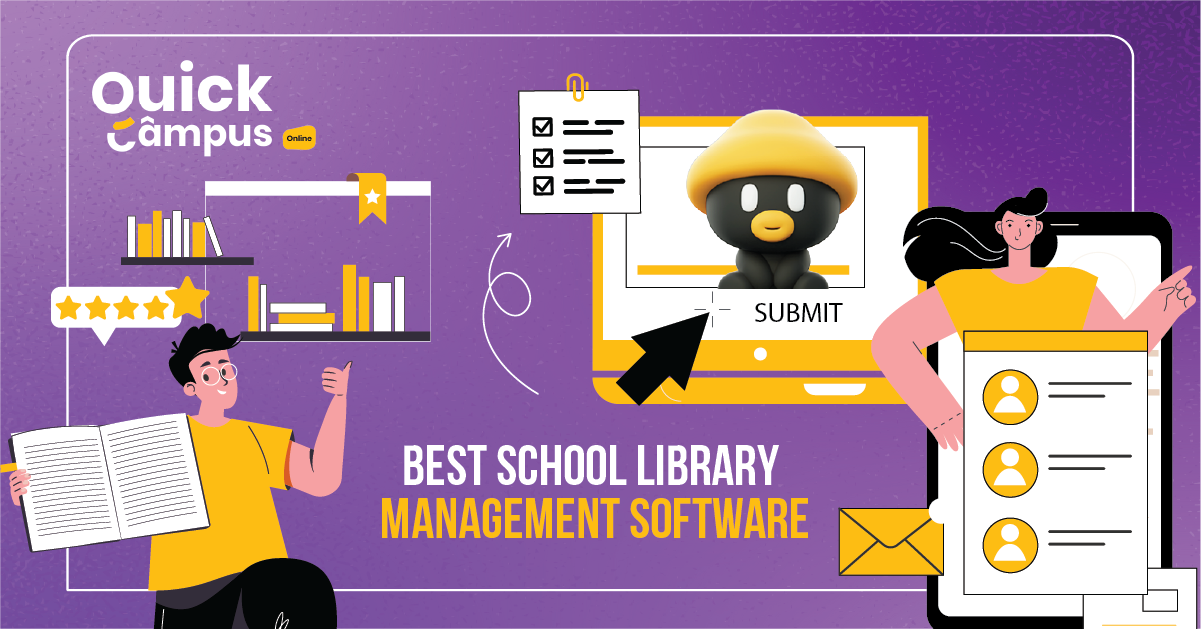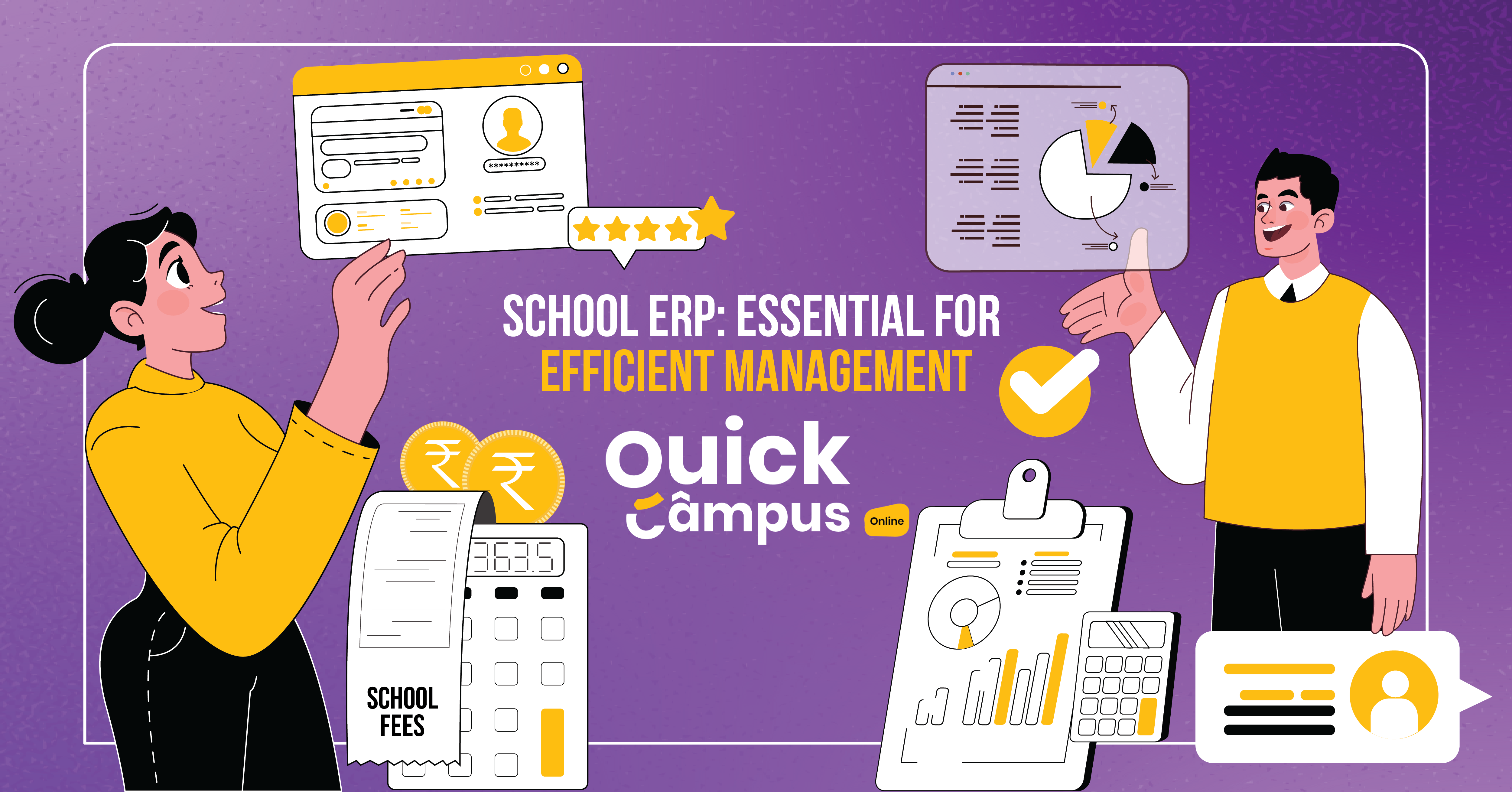Micro-Teaching vs Simulated Teaching
As we all know, In the realm of education, teaching methods have changed a lot. Educators always look for new ways to help students learn better. Two methods that have become more useful for teachers training. That is micro-teaching and simulated teaching. They both have their good points and challenges. So teachers and instructional designers need to think about them most. This article tells us about micro-teaching v/s simulated teaching, explaining what each one is good.
Micro-Teaching
Imagine stepping into a mini-world where you’re the teacher, the students, and the classroom, all rolled into one. Welcome to the enchanting realm of micro-teaching!
Micro-teaching skills are like a small-sized universe designed to care for educators. Here, you get to dip your toes into the vast ocean of teaching without feeling overwhelmed. It’s a cozy corner where mistakes are not failures but stepping stones to growth.
Picture yourself standing in front of a small group of peer learners, ready to deliver a snippet of a lesson. The atmosphere is supportive, encouraging, and filled with the excitement of discovery. You have the freedom to experiment, to stumble, and to learn, all within the safety of this miniature classroom.
Every gesture, every word, every interaction becomes a brushstroke on the canvas of your teaching journey. As you engage in this delightful dance of teaching and learning, you uncover hidden gems of insight and hone your skills with each passing moment.
So, if you’re ready to embark on a magical journey of self-discovery and pedagogical prowess, step into the captivating world of micro-teaching, where every small moment holds the promise of transformation and growth.
Steps of Micro-Teaching:
- Planning: In this session, trainee teachers prepare a micro-lesson plan which should be organized in an analytical sequence.
- Implementation: In this stage, the candidate delivers the lesson to a small group of students usually for a short period.
- Feedback: Feedback is the information that is given to the trainee teacher for his performance and improvement.
- Reflection: In this stage, the trainee teacher reflects on the given feedback for improvement.
Benefits of Micro-teaching:
- Skill Development: It instructs the duties of a teacher to focus on their teaching skills and strategies. It includes classroom management, questioning skills, and instructor skills.
- Safe Learning Environment: In this stage, the teacher can experiment with new approaches without any fear of negativity. Because it is conducted in a controlled environment.
- Immediate Feedback: In this stage, immediate feedback is given which is very important for improvement.
- Customization: The session can be adjusted depending on the trainee teacher’s needs and objectives which is useful for improving.
Limitations of Micro-teaching:
- Micro-teaching sessions, take a lot of time or time time-consuming and can often be costly.
- Personalized learning cannot be emphasized in this skill.
- In this, the curriculum design focuses on the development of the teacher. Occasionally it ignores the social and emotional development of students.
Simulated Teaching
Step into the realm where imagination meets reality, where classrooms come alive in vibrant hues of learning and discovery. Welcome to the exhilarating landscape of simulated teaching!
Simulated teaching is like a stage where educators don their teaching capes and embark on thrilling adventures in the world of pedagogy. Here, the classroom is not just a physical space but a canvas for creativity, innovation, and transformation.
Picture yourself entering a virtual classroom, filled with eager “students” ready to embark on a journey of knowledge and growth. As the “teacher,” you have the power to shape minds, ignite curiosity, and inspire change—all within the safety of this simulated environment.
So, if you’re ready to unleash your teaching prowess and immerse yourself in the art of education, dive into the captivating world of simulated teaching. Here, the boundaries between imagination and reality blur, and every interaction holds the promise of unlocking your full potential as a teacher.
Steps of Simulated Teaching:
- Preparation: In this, the session is prepared for reading. It involves planning the content of the lesson, setting learning objectives planning the lesson, and planning teaching techniques and activities. It also includes becoming familiar with the relevant student actor in the teacher environment.
- Introduction and Set up: In this stage, one has to introduce oneself and organize one’s place where one will be taught.
- Teaching Session: In this stage, the teacher can improve the lesson, explain all the things clearly, and encourage the students to participate.
- Assessment and Reflection: These are very important in simulated teaching. In this, performance is evaluated, and thinking about what has been done well and what can be done better. Then we discuss his experience and how it can be improved further.
- Debriefing: In debriefing, we discussed what we learned and how our experience was. We talk about the good work we did and what we can do better next time. It is like a reflection session to prepare for best performance in real teacher situations.
Benefits of Simulated Teaching:
- Hands-on practice: In hands-on practice, teachers get the chance to practice teaching in a controlled environment before facing real students.
- Safe learning environment: It provides a safe space to learn without mistakes and also provides learning opportunities.
- Immediate Feedback: It provides a safe space to learn without mistakes and also provides opportunities for learning.
- Active participation: The participants are actively involved in the teacher’s process, helping them understand and remember the principles.
- Realistic Scenario: We model real teacher situations to prepare teachers for the challenges they’ll face in the classroom.
Limitations of Simulated Teaching:
- In this, there is no environment like real classrooms but the learning of teachers can be strengthened which can also lead them to a state of extreme confidence and work readiness.
- It does not assess the emotions and dynamics of the actual classroom which can impact the development of personal skills and empathy.
- Simulated experiments may not simulate actual teacher situations well, which may limit teachers’ ability to apply the findings here to real classrooms.
- Some power simulation sets are rich in solutions and technology resources which may limit their ability to be accessible for resource-limited training programs.
- Ethical concerns may arise regarding recognition of the skills, consent, etc. of student actors participating in simulator teaching.
- Technical failures may affect the efficacy of simulated teaching elements as many of the limitations in simulation equipment exist today.
Conclusion
In the world of teacher training, micro-teaching is like the first step of a journey, where new teachers get to practice in a safe and cozy environment. It’s like learning to ride a bike with training wheels—it helps you get the hang of things without the fear of falling.
But then, there’s a teacher building capacity programme, which is like taking off those training wheels and riding freely down a real road. Here, teachers face challenges just like they would in a real classroom, but in a safe and controlled way. It’s like a playground where they can try new things and learn from their experiences.
So, while micro-teaching gives you a taste of teaching, simulated teaching helps you spread your wings and truly become a confident and adaptable educator, ready to take on any classroom adventure that comes your way.

